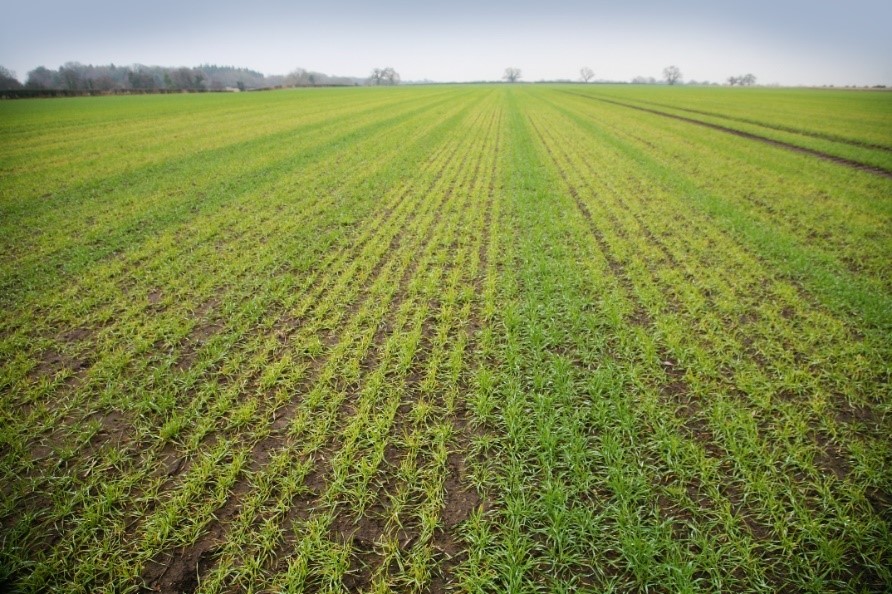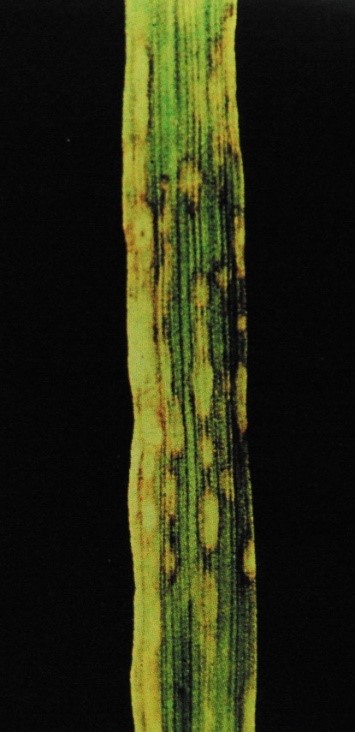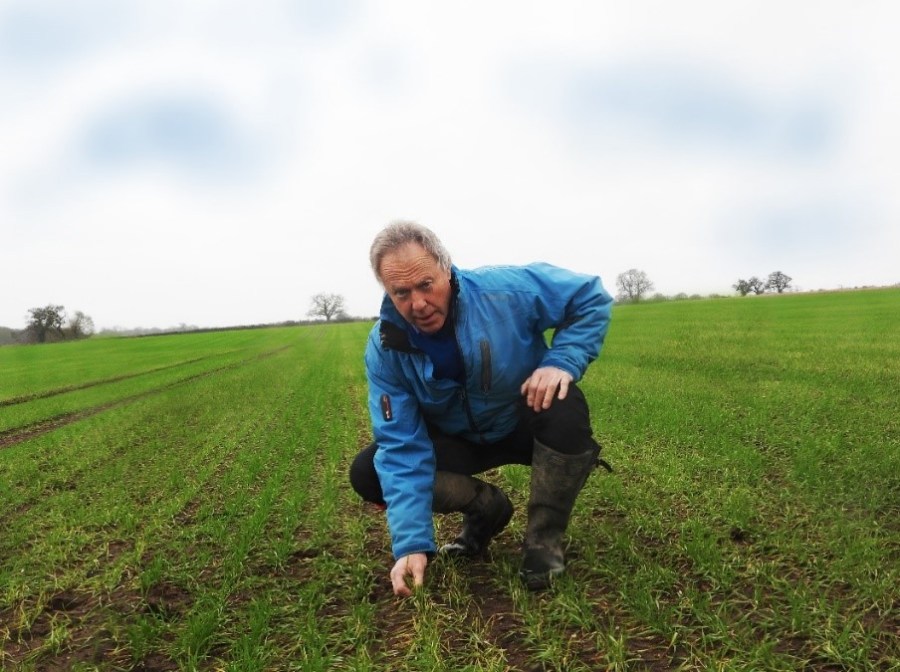It’s the commonest trace element deficiency in UK arable crops, but often goes untreated. A new concentrated product has been launched, which makes it easier and more effective to address the issue.
By Tom Allen-Stevens
Growers across the UK have been urged to look out for manganese deficiency and ensure crops don’t go short.
“Manganese deficiency is the commonest trace element deficiency in UK arable crops, especially in lighter soils,” notes Barrie Hawkin of nutrition specialists Fielder.
“It’s a very soluble material, so even if routine soil samples suggest levels are fine, it’s easily leached from the top 30cm.
“Barley tends to be worst-affected cereal crop, and it’s the late autumn to early spring you start to notice deficiencies, especially if the soil is loose, peaty or there’s been a bit of frost lift.”
Manganese deficiency is common across many soil types and exacerbated by wet and cold conditions, affecting cereals, oilseed rape, legumes and many other crop types.
It’s estimated to have some impact in 60-70% of UK soils, and is most commonly seen in cereal crops, appearing as light brown stripes of dying tissue on otherwise green leaves.
“If signs of manganese deficiency are visible then the crop will already be at risk of a yield deficit down the line. At best you’ll lose tillers, and if it’s not remedied, the crop could die,” explains Barrie Hawkin.
“So it’s important to be vigilant and act quickly by applying manganese, particularly when crops are under stress due to cold and wet conditions, or when they’re in water deficit.”

Manganese deficiency shows up in the paler areas in this winter wheat crop on light land, with plants being less affected in areas where the soil is more compacted.
A new concentrated manganese formulation has been launched, which requires lower application rates than common alternatives. Mn350, available from Fielder, is a more effective product, claims Barrie Hawkin, making it easier to address deficiencies.
“Mn350 includes 35% manganese in both nitrate and sulphate formats, plus significant inclusions of potassium (6.5%), nitrogen (10%) and sulphur (11%) to provide additional crop nutrition benefits,” he adds.
The high concentration (35% compared with the 15% most commonly available) means lower application rates than conventional forms of manganese, at 0.5–1.5 l/ha
“As Mn350 contains both nitrate and sulphate salts, it’s more readily available, for rapid plant uptake, but also ensures a good level of persistence in the leaf.”
Mn350 is supplied in five-litre containers, which are easier to store, handle and dispose of than the 1000-litre bulk containers used for most conventional manganese products, continues Barrie Hawkin.
“It also has good compatibility so can be tank-mixed with a wide range of fungicides or herbicides.”
Click here for more information on Mn350.
Vigilance necessary on light Shrops soils
For estate manager Ben Linington, manganese deficiency is a perennial issue that needs close attention across all his cropping, from the moment seedlings are emerging and throughout the growing season.
Managing the 1200ha arable operation for the Flichity Estates Partnership at High Hatton Hall, Shrops, on predominantly light sandy land, he knows the importance of monitoring for nutrient deficiencies, in winter cereal crops and also in the oilseed rape, peas and spring oats that make up a typical rotation.

Light brown stripes of dying leaf tissue are indicative of manganese deficiency.
In the case of manganese deficiency, there is little alternative to a regular visual appraisal of the growing crop, as soil analysis is notoriously unreliable.
“All our fields are routinely soil tested as part of our Integrated Precision Farming (IPF) approach, and this includes trace elements as well as the major nutrients and allows us to map fields and apply tailored fertilisers at variable rates,” he explains.
“We know we’re at risk of manganese deficiency, but the only way to know exactly when and where to take action is by walking the crops and being vigilant. The problem can be exacerbated by the prevailing conditions, with cold, wet and frost making plants more susceptible, or by factors such as the firmness of a seedbed.
“We’re very aware that without prompt action we can easily lose almost 2t/ha of yield because of manganese deficiency. I think it’s a more costly and widespread problem than many realise.”
Across the rotation
A typical rotation includes around 400ha of first wheats (milling and feed), with winter barley usually followed by oilseed rape. Peas, potatoes and spring oats are also grown as an additional break crop, where required.
The farm adopts a largely minimum tillage approach, ploughing most fields every four to five years.
Manganese deficiency has an impact in all cases, killing off tillers or causing secondary heading in cereals and causing marsh spot in peas, for example.
“In the case of the winter cereals it’s about early intervention to keep the plants alive, and this starts from about two weeks after drilling,” continues Ben Linington.
“Once you start to see dead tillers you are already facing a yield penalty.
“We adopt a preventative strategy, which will typically mean spaying about every three weeks, potentially going on up to ten times during a season in the more susceptible crops.”
Some of the manganese applications will be combined with routine fungicide or herbicide spraying, but Ben will also often roll crops in the spring to combat the problem, firming up the seedbed to improve nutrient uptake and encourage tillering.
Winter wheats at High Hatton in 2016 yielded 9t/ha (milling) and just over 10t/ha (feed), showing the potential when all goes to plan, but Ben points out that growing costs in his light land situation can easily be 30-35% higher than on heavier ground.




